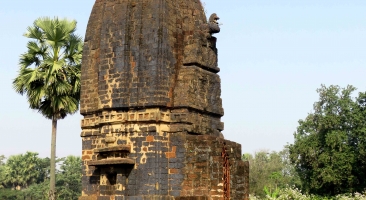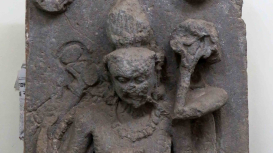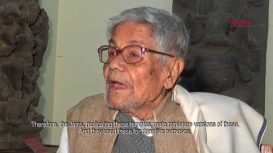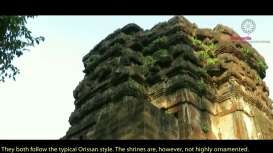The aim of this module is to look into the history of the Rāḍh region (south-western parts of Bengal) in the early medieval period through an investigation of its material culture. The terracotta temples of Bishnupur date back to the Mughal period and have been well studied by scholars and historians. But the region boasts of a culture that predates its efflorescence in Mughal times. It was a part of a trade route going from Bengal to Odisha and therefore, was exposed to an array of influences. The importance of studying this period lies in the fact that it exposes the multiplicity of cultures which then gave the space an identity of its own. It also shows that its rise in the Mughal period was not a sudden occurence. This area also epitomises how the past lives on in the present. The early medieval temples are still venerated and are sites of annual gatherings and festivities. Also, sculptures unearthed are still worshipped by the local communities, thereby making such community antiquarianism as a conservation practice as viable as museums.

Debdutta Sanyal
Debdutta Sanyal completed her graduation from St. Stephen's College, Delhi and MA in History from Delhi University. She is currently an MPhil research scholar in early Indian history at Delhi University. She has also served as a Teaching Fellow at Ashoka University. Her research interests include historical archaeology and study of representations in literature and visual arts.






